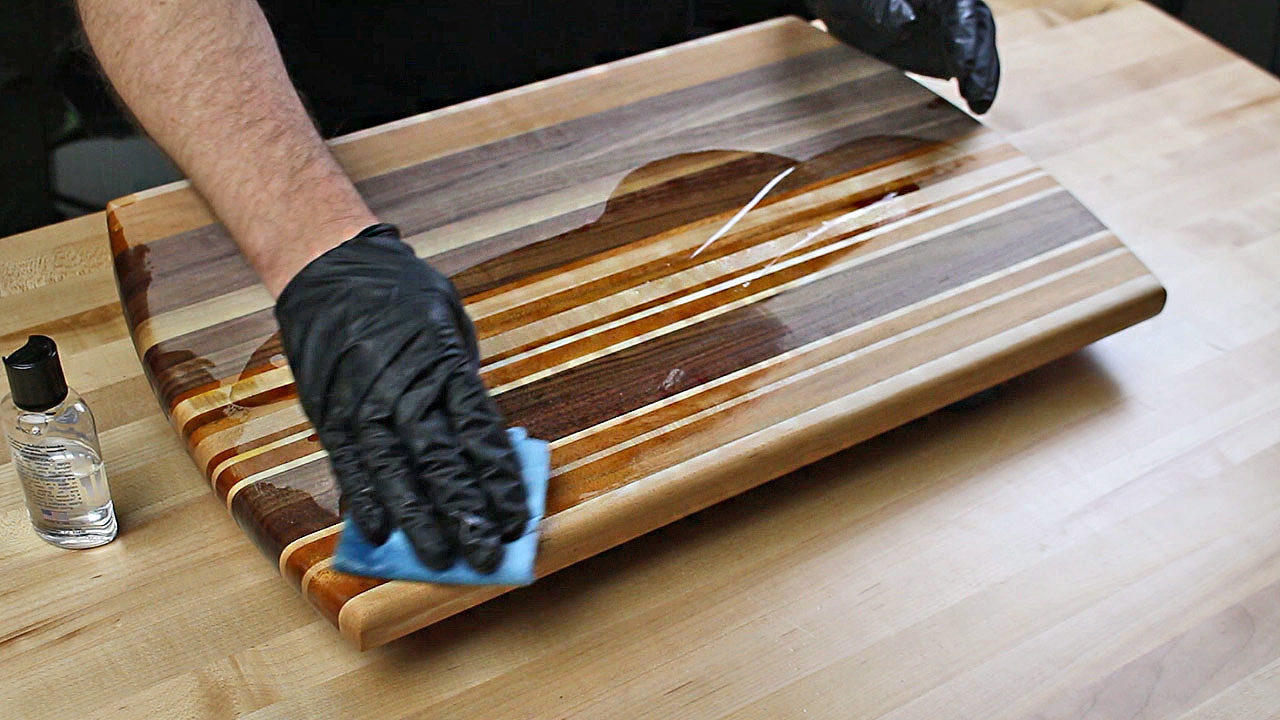

Materials:
Wood:
1x6 (or 1x8) pine board (for the main structure)
1/4" plywood (for the roof)
1/2" dowel rod (for the perch)
Fasteners:
1 1/4" wood screws
1" wood screws
1/2" wood screws
Other:
Wood glue
Paint or stain (optional)
Drill
Saw (circular saw or hand saw)
Measuring tape
Pencil
Hammer
Sandpaper
Level
Drill bit for dowel rod (if needed)
Instructions:
1. Cut the Pieces:
Front/Back: Cut two pieces of 1x6 wood to the desired height and width of your birdhouse (e.g., 6" high x 6" wide).
Sides: Cut two pieces of 1x6 wood to the desired height and depth of your birdhouse (e.g., 6" high x 4" deep).
Roof: Cut two pieces of 1/4" plywood to the desired width and depth of your birdhouse (e.g., 6" wide x 5" deep).
Perch: Cut a piece of 1/2" dowel rod to a length of 3-4 inches.
2. Assemble the Base:
Attach the sides to the front and back pieces: Use 1 1/4" wood screws and wood glue to attach the sides to the front and back pieces, creating a box shape. Make sure the corners are square and even.
Sand the edges: Sand down any rough edges on the assembled base.
3. Create the Roof:
Cut the roof overhang: Use a saw to cut a 1-inch overhang on the bottom edge of each plywood roof piece. This will create an overhang for better weather protection.
Attach the roof pieces: Use 1" wood screws to attach the plywood roof pieces to the top of the birdhouse. Make sure the roof overhangs the sides evenly.
Create a slight pitch: To help water drain off the roof, use a level and wood shims to create a slight pitch on the roof by adjusting the screw positions.
4. Install the Perch:
Drill a hole: Using a drill bit that is slightly smaller than the dowel rod diameter, drill a hole near the top of the front piece of your birdhouse. This hole should be slightly angled downward to help prevent water from pooling on the perch.
Insert the perch: Insert the dowel rod into the hole, securing it with wood glue or a small wood screw.
5. Finish:
Sand: Sand the entire birdhouse smooth to remove any rough edges or splinters.
Paint or stain: Paint or stain the birdhouse to your liking. Choose colors that blend into your backyard or are attractive to birds.
Weatherproofing: Apply a waterproof sealant to protect the wood from rain and humidity.
6. Placement:
Choose a suitable location: Place the birdhouse in a shady, sheltered location, preferably at least 5 feet off the ground. Avoid placing it near busy areas or predators.
Attracting birds: Consider planting native plants that provide food and shelter for birds in your backyard to encourage them to visit your birdhouse.
Additional tips:
For a more decorative birdhouse, use decorative trim or moldings to add details to the roof or edges.
You can also add a small, removable cleaning door to make it easier to clean the birdhouse.
Consider the size of the birds you want to attract when choosing the dimensions of the birdhouse.
Enjoy watching the birds build nests and raise their young in your backyard!

/3154834420_1379440456-58f8d14e5f9b581d59703a7b.jpg)















